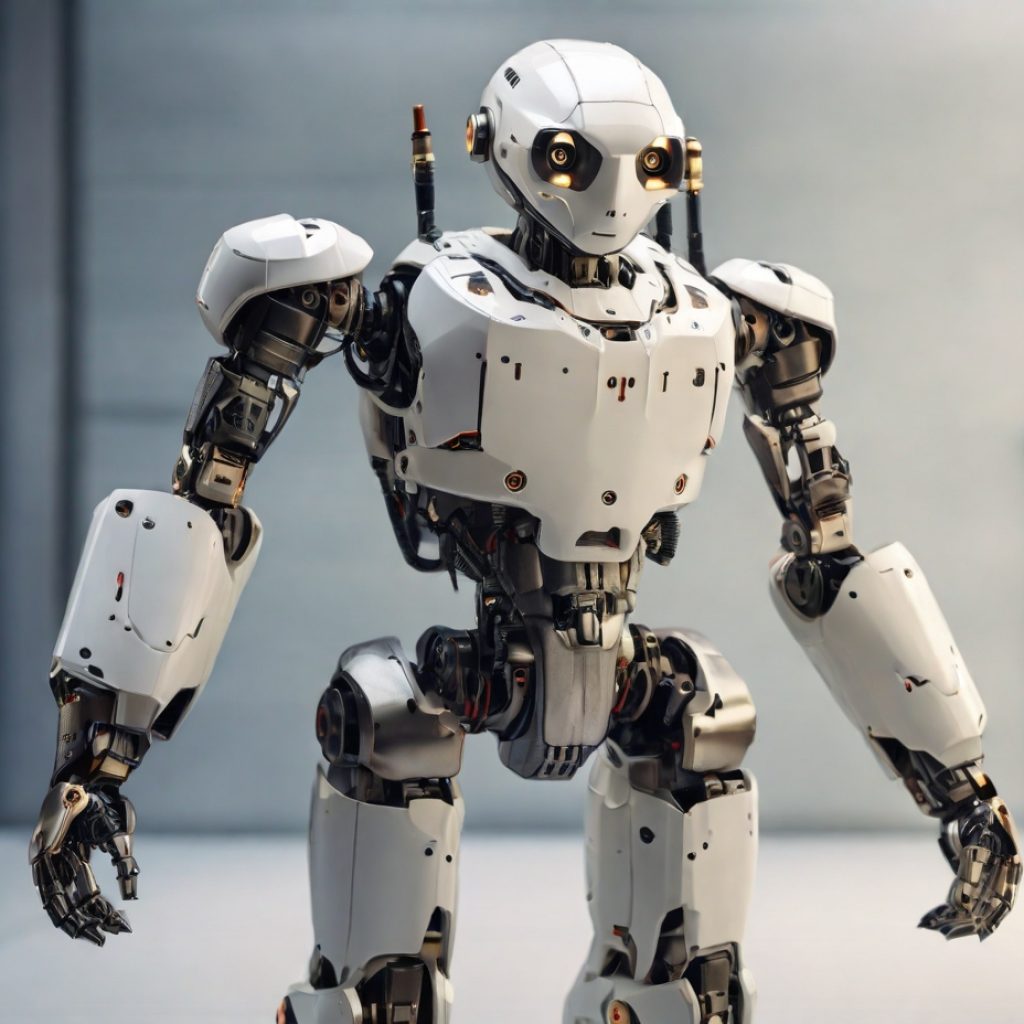One significant advantage of Tsetlin machines over neural networks lies in their independence. In contrast to neural networks, where everything is interconnected, Tsetlin machines employ separate mathematical rat brains for different logical components. For instance, one rat brain may determine if a car has four wheels, while another decides if it has wings. This modularity leads to a more interpretable and flexible AI system.
Neural networks, on the other hand, often struggle with distinguishing between related concepts. For example, an AI trained to identify birds may erroneously associate trees or the color green with birds. Such interconnectedness can result in unintended biases and difficulties in interpretation.
Potential and challenges
Tsetlin machines have shown promise in various applications. They can accurately interpret medical data, such as detecting heart problems from EKG readings, and extract information from legal contracts with ease. However, there’s still much work to be done for this technology to compete with the established neural networks used by major tech companies.
Granmo acknowledges the need to catch up with decades of research conducted on traditional AI methods. Despite the potential of Tsetlin machines, it will take time and collaborative efforts to reach their full potential.
Alternative approaches to AI
While Tsetlin machines offer a novel path towards AI development, there are alternative approaches that seek to improve existing methods. One such approach is to reduce the environmental impact of AI training. Current AI models often require vast amounts of data for training, which is energy-intensive.
Researchers, like Robert Jenssen, a professor of machine learning at UiT the Arctic University of Norway, advocate for feeding AI models with expert knowledge instead of relying solely on large datasets. By incorporating domain-specific expertise, AI models can be trained more efficiently, reducing their carbon footprint.
Democratizing AI and interpretability
Another challenge with current AI technology is its lack of interpretability. AI often provides results without clear explanations, making it challenging for users to understand how conclusions are reached. Jenssen and his colleagues are researching methods to calculate what neural networks prioritize, making AI more interpretable.
Granmo also highlights that current AI systems can perpetuate discrimination and lack fairness. These biases arise because AI models tend to amplify what is most common in the training data, potentially excluding underrepresented groups. Addressing this issue is crucial to ensure that AI systems are democratic and fair.
The road ahead
The introduction of the Tsetlin machine and alternative approaches to AI represent significant steps toward addressing the challenges and shortcomings of current artificial intelligence. While Tsetlin machines show promise in terms of speed, energy efficiency, and interpretability, there is still a long road ahead to catch up with the extensive research invested in traditional AI methods.
The future of AI may involve a combination of innovative technologies like Tsetlin machines and ongoing efforts to enhance existing AI models for improved environmental sustainability, interpretability, and fairness.
The Tsetlin machine, a Norwegian invention inspired by ancient Greek philosophy and the “rat brain” concept, offers a potential revolution in the field of artificial intelligence. With its logical and modular approach, it promises to provide faster, more energy-efficient, and interpretable AI solutions. However, it faces the challenge of catching up with established neural networks and addressing issues related to interpretability and fairness.





